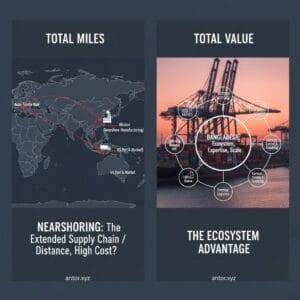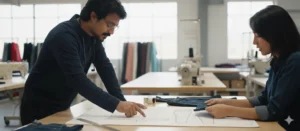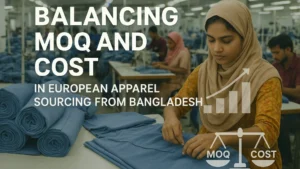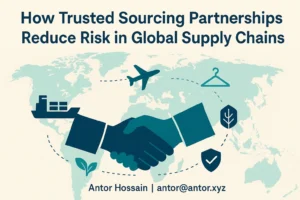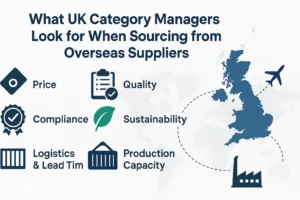In the competitive world of fashion, timing and trend alignment are everything. Successful brands don’t just react to trends—they anticipate them. One of the most strategic tools fashion companies uses is forecasting, particularly in color, textiles and materials, and overall fashion direction.
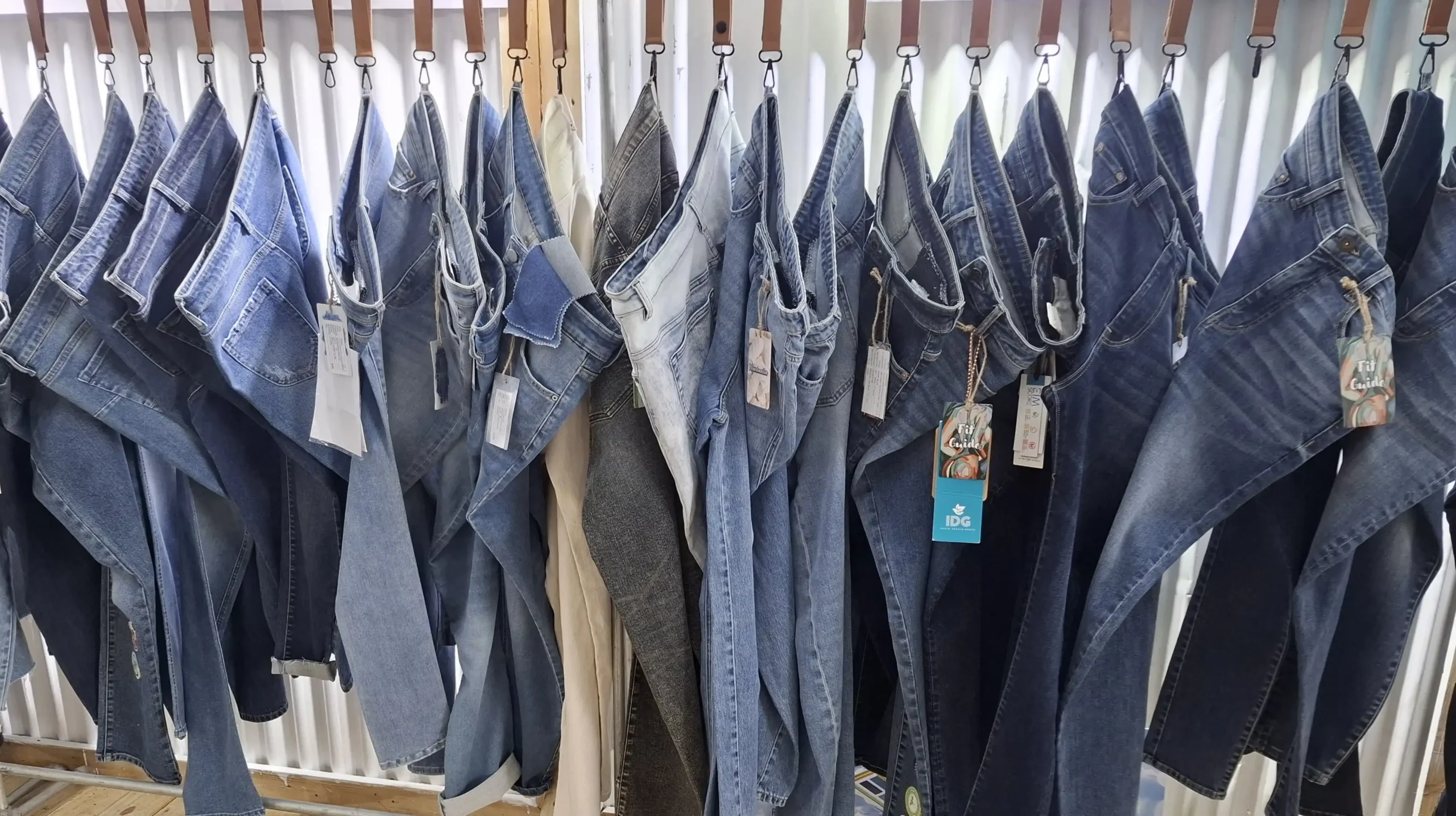
Below, we explore the key forecasting processes used by fashion companies to stay ahead of market demand and consumer expectations.
🎨 1. Color Forecasting
Color is often the first thing a consumer notices in a garment, and it plays a crucial role in emotional appeal, seasonal alignment, and brand identity.
How Fashion Brands Forecast Color:
- Trend Forecasting Agencies: Brands subscribe to services like Pantone, WGSN, Coloro, or Fashion Snoops to access seasonal color palettes, cultural drivers, and visual mood boards.
- Global Cultural Research: They analyze social movements, political climates, art, music, and even technological shifts to predict the emotional tones consumers will respond to.
- Runway & Retail Scans: By monitoring fashion weeks and bestsellers from leading brands, companies gauge which colors are gaining traction.
- Color Testing: Some companies conduct A/B testing in physical or digital stores to see which hues resonate most with customers.
Application:
These forecasts guide fabric dyeing, print direction, merchandising stories, and even store visuals and marketing content.
🧵 2. Textile & Material Forecasting
Textiles and materials are evolving rapidly with innovations in sustainability, performance, and aesthetics. Forecasting these elements helps companies select the right fabrics early in the design cycle.
Key Forecasting Methods:
- Textile Fairs & Expos: Trade shows like Première Vision (Paris), Intertextile (Shanghai), and Techtextil unveil new materials, eco-friendly processes, and performance-enhanced fabrics.
- Supplier Innovation Briefs: Mill partners often provide trend books and material showcases highlighting future innovations.
- Sustainability Trends: Growing consumer demand for transparency drives forecasts around biodegradable, recycled, and organic materials.
- R&D Collaboration: Forward-thinking brands work directly with textile labs and universities to co-develop new fibers or smart textiles.
Application:
Forecasted textiles inform collection direction, garment engineering, cost planning, and ESG compliance.
👗 3. Fashion Trend Forecasting
This broader process combines color and material forecasts with silhouette, lifestyle, and consumer trend analysis.
Sources of Trend Insight:
- Runway Analysis: Fashion weeks across New York, London, Milan, and Paris offer early views into silhouettes, styling, and themes.
- Street Style Observation: Cities like Tokyo, Copenhagen, and Seoul offer grassroots insight into emerging consumer behavior.
- Social Media & Influencer Trends: Platforms like TikTok, Instagram, and Pinterest shape micro-trends that can scale fast.
- Consumer Data & AI Tools: Brands use data analytics platforms to track sales, search terms, and engagement to anticipate shifts in style.
Application:
Trend forecasting influences everything—from product categories and fit to marketing themes and retail displays.
Why Forecasting Matters
✅ Faster Product Development – Knowing what’s coming allows quicker design execution
✅ Better Buyer Alignment – Retailers expect brands to present trend-relevant collections
✅ Reduced Inventory Risk – Accurate forecasting means fewer unsold SKUs
✅ Enhanced Brand Relevance – Staying on-trend builds stronger emotional connections with consumers
Final Thought
Forecasting in fashion is part science, part art. It’s a strategic investment that influences not just what products are made—but how, when, and why they’re brought to market.
If you’re developing your next apparel line and want to align with future-ready trends in color, textiles, and materials, now is the time to integrate forecasting into your strategy.

